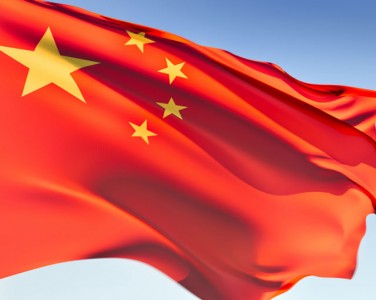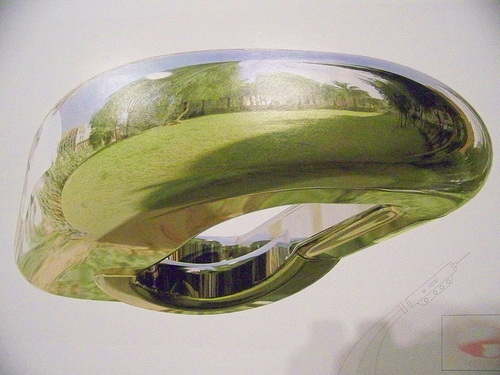Even as China overtakes the U.S. in the dubious category of “world’s leading greenhouse gas producer,” it is also well ahead of the U.S. in developing the technologies and policies to solve the problem — and selling those solutions to us at massive profits which could have been ours.
On a recent trip, I saw entire Chinese towns powered by farm waste and enough windmills for jousts with ten thousand Don Quixotes. As you read this, China will have just surpassed the U.S. as the leading producer of wind turbines, many of which are exported at very high margins. And to get a sense of just how fast China is leaving us in their rearview mirror, consider this: the Golden Dragon has doubled its wind capacity every year since 2004.
Solar too. I wrote a speech for California Governor Arnold Schwarzenegger in 2005 when he visited China on a trade mission. He spoke at Tsinghua University in Beijing, “China’s MIT,” and held up the world’s most efficient solar cell, designed by Silicon Valley’s SunPower Corporation. The cells were being manufactured in China for export back to the states, but SunPower had to double capacity because of Chinese domestic demand. Schwarzenegger noted that a student in the audience might design the next/better solar cell someday — and every head nodded with knowing smiles. So while we have already lost the battle for low-cost, high-tech manufacturing, we may soon lose bragging rights and IP royalties when our designs are surpassed by China.
One reason China is leaving us in the dust is a shrewd government that has invested 40% of its stimulus funding in green companies, compared to just 12% by U.S. taxpayers, ensuring the rapid growth of the economic gift that keeps on giving. They also get the money out the door — compare our Department of Energy, which is still mired in communist-era bureaucracy and can’t ever seem to pull the trigger on loan guarantees/grants for projects that actually work. The secret is that the Chinese government fast-tracks projects that create economies of scale, recently approving a 25 square mile solar farm. That helps Chinese companies get costs down and become even more competitive globally.
The final ingredient in the fast-rising Chinese cleantech soufflé is finance. When I spoke in Hong Kong to investors, pension funds, and shoe shine boys with coins to invest, they are all putting money into these clean technology companies and looking for more. That includes real estate investors, who are looking for green development projects with LEED or other certified efficiencies. My firm, Pegasus Sustainable Century Merchant Bank, recently partnered with Ross Perot’s Hillwood Realty to host a US tour for the China Real Estate Chamber of Commerce and 30 of their investors. They’re looking at green projects, but also figuring out which energy efficiency and green building products they can take back to China for use in their own developments.
But never fear: everyone I spoke to in China’s government and private sector was very polite. They are willing to share all of this with the rest of the world — at the right price, of course. See you at the race track!




